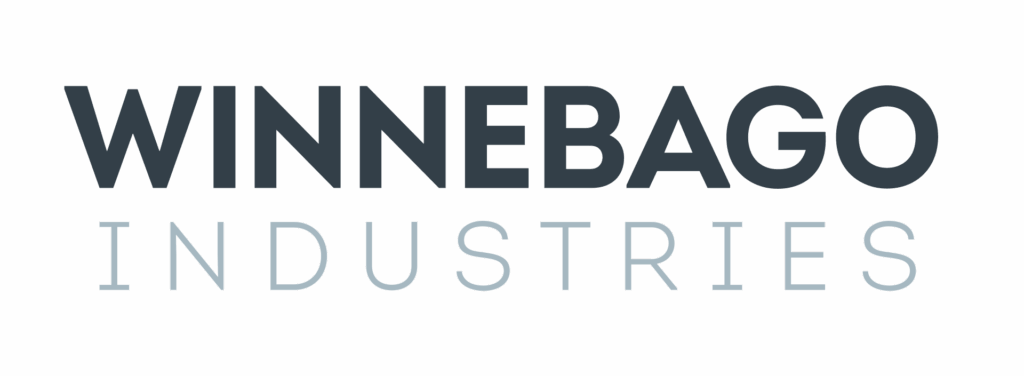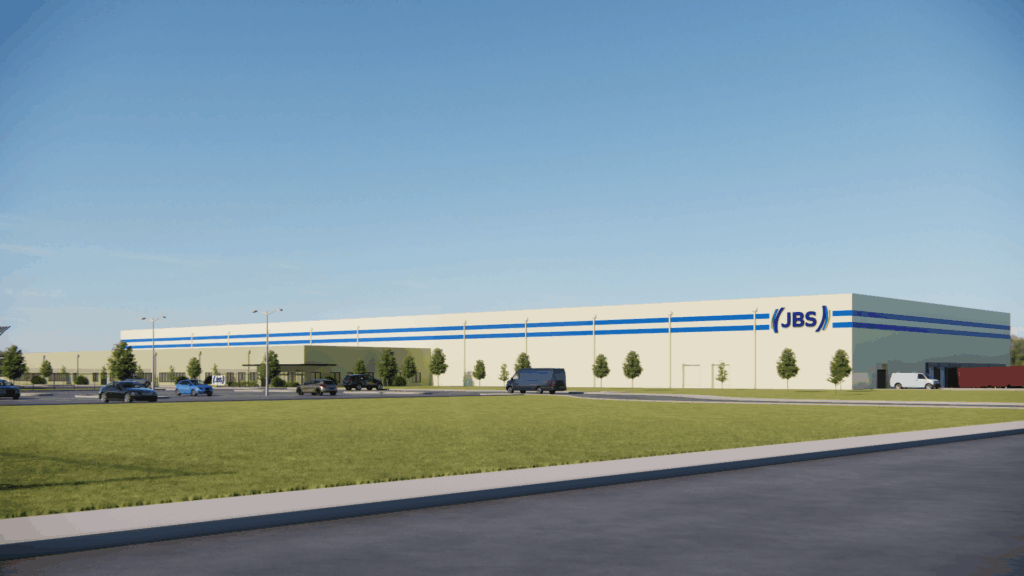Economic Uncertainty Dominates Iowa’s Manufacturing Outlook
Manufacturing Forecast panelists address immediate challenges for the sector

One of the most widely circulated words in business circles in Central Iowa this year is “uncertainty.” In urban areas, many companies are pausing purchases and new hires while they play wait-and-see on the national economy, interest rates and tariffs. In rural Iowa, corn and beans are growing strong but market prices, the need for agricultural equipment and more remain vague.
Every week, it seems, a new report is published, measuring the health of the national, regional or state economy. Some numbers are up, others are down. Regional exports of agricultural goods and livestock are down for the year, and Midwest rural bank CEOs expect farmers to end the year with a negative income. That plays into the equipment farmers are buying, which dictates how well agricultural farm equipment manufacturers will perform.
Iowa’s manufacturing economy contributes $30 billion each year to the state’s economy, or 18% of GDP. The sector includes businesses of various kinds, from food processing to hay balers. The state’s manufacturing industry is known for its long history of shovel-ready sites, knowledgeable workers and business-friendly government. How the industry will weather the uncertainties remains to be seen.
On Aug. 6, from noon to 1 p.m., the Business Record is hosting its annual Manufacturing Forecast, where industry experts will gather at a virtual event to discuss their thoughts on the industry and what to expect for the rest of 2025 and 2026. This year’s speakers include:

Nicole Crain
president, Iowa Association of Business and Industry

Ernie Goss
director of the Institute for Economic Inquiry and Jack A. MacAllister Chair in Regional Economics, Creighton University

Matt Koch
chief marketing officer, Sukup Manufacturing Co.

Peter Orazem
interim chair, Iowa State University Department of Economics
We asked our panelists to answer one question before the event: What is the most immediate challenge facing the manufacturing industry in Iowa and why? Here are their answers.
Crain: Uncertainty in all its forms. As a membership organization representing manufacturers and other businesses in Iowa, the job of ABI is to understand the needs of our membership and advocate on their behalf to help them compete and win. We accomplish this through quarterly surveys measuring business sentiment collectively, and through more frequent board meetings when each company reports out important company information individually. Manufacturers need certainty in tax policy. 2025 has provided that with action at the state and federal level making pro-growth business tax policy permanent. Manufacturers need certainty in trade policy. ABI members compete globally, and we are in a period of uncertainty as the Trump administration seeks, through tariffs, to rebalance trade barriers. It is hoped that, with resolution, more open and predictable global markets will emerge. Iowa manufacturers are brilliant inventors and smart businessmen and women. These business leaders endured the pandemic and supply chain challenges, they weathered the Great Recession and they will navigate through this current period of uncertainty.
Goss: Creighton’s monthly survey of manufacturing supply managers for the Mid-America region, which includes Iowa and eight other states, indicates that the manufacturing economy continues to move sideways — that is, some months expanding slightly and some months declining slightly. For Iowa the volatility has been somewhat greater than for the region and the nation with several industries restraining Iowa manufacturing growth and producing job losses for manufacturing.
Iowa’s manufacturing sector is more dependent on agriculture and therefore exports than the nation and the region. The weak agriculture commodity prices, excluding livestock, have remained below breakeven for grain farmers beginning in 2023 and now stretching into 2025. The negatives in the farm income have generated significant pullbacks in farm equipment purchases, which have produced cuts in machinery manufacturing and fabricated metal manufacturing. Weakness in the export of processed food in Iowa has likewise cut into manufacturing output and employment for the state.
The short to intermediate outlook for output and employment in Iowa’s manufacturing remains somewhat negative with tariffs and proposed tariffs weighing on the state economy. Of particular concern is President Trump’s proposed tariffs on Mexico — the destination for a significant portion of Iowa’s farm and manufactured goods.
Orazem: There are three challenges facing Iowa manufacturing. Tariffs are raising the costs of inputs and retaliation from other countries is limiting international demand for our products. Our manufacturing is disproportionately linked to agricultural markets, and the weak agricultural prices are limiting demand for our manufacturing output. Iowa has an older workforce and our recent population growth has been dependent on immigration. Both of these sources became more limited during the pandemic due to cuts in immigration and the Great Resignation, and the labor force has yet to fully recover.
To register for the event, visit www.madeiniowabr.com.

Gigi Wood
Gigi Wood is a senior staff writer at Business Record. She covers economic development, government policy and law, agriculture, energy, and manufacturing.










